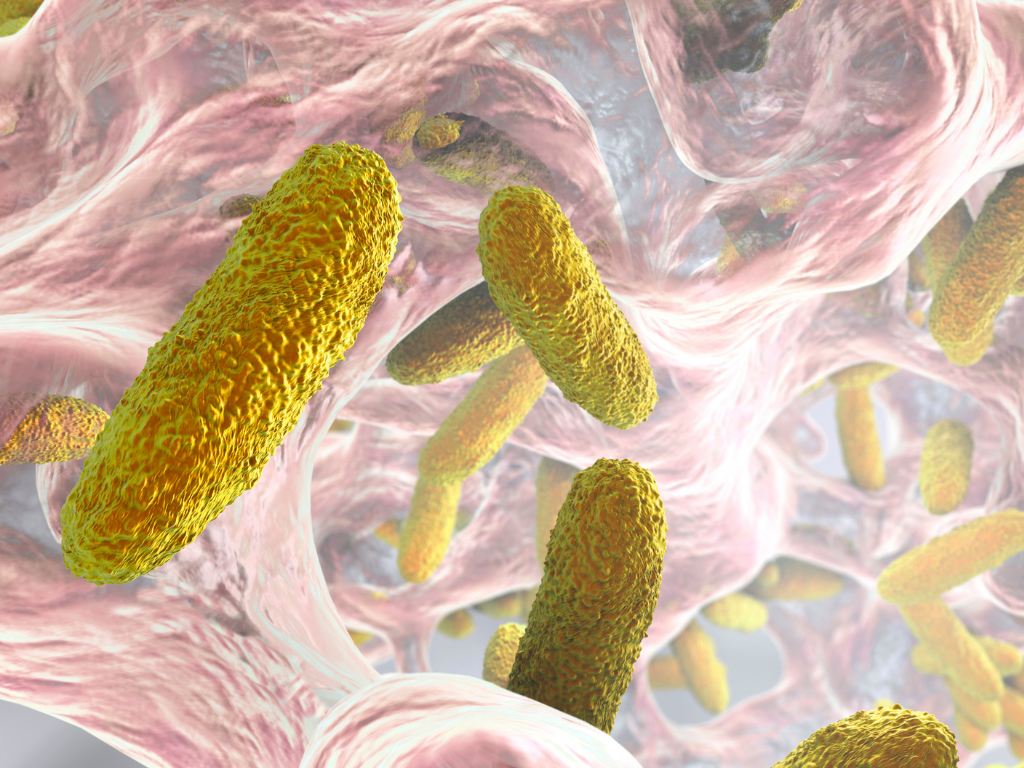Understanding Quorum sensing
In simple words, quorum sensing (QS) is a method by which bacteria communicate with each other. Quorum sensing or quorum signaling is the ability to detect and respond to cell population density by gene regulation.
QS helps bacteria to coordinate their behaviour, like the formation of biofilms and secretion of virulence factors. The study of quorum sensing has important implications for understanding bacterial behaviour and developing new strategies for controlling bacterial infections and also using them for the benefit of the mankind and environment.
QS involves the production and detection of small signalling molecules called autoinducers. As bacteria grow and divide, they release autoinducers into the surrounding environment. As the concentration of autoinducers increases, bacteria are able to detect the presence of other bacteria in their vicinity, leading to changes in gene expression.
QS is further divided mainly into two types: acyl-homoserine lactone (AHL) and autoinducer-2 (AI-2). AHL is the most extensively studied type of quorum sensing and is used by many gram-negative bacteria. AI-2 is a signalling molecule used by both gram-negative and gram-positive bacteria.
In AHL-mediated QS, bacteria produce and release specific AHL molecules that diffuse across the bacterial cell membrane. When the concentration of AHL reaches a certain threshold, it binds to a receptor protein inside the bacterial cell, activating a response regulator protein that can regulate gene expression. This regulation can lead to the production of virulence factors, such as toxins, or the formation of biofilms.
In AI-2-mediated QS, the signalling molecule is produced by a protein encoded by the luxS gene. AI-2 is synthesized by many different species of bacteria, allowing for interspecies communication. When AI-2 reaches a certain concentration, it binds to a receptor protein, leading to changes in gene expression.
To conclude quorum sensing is a fascinating and important mechanism used by bacteria to coordinate their behaviour and regulate gene expression. The study of quorum sensing has important implications for understanding bacterial pathogenesis and developing new strategies for controlling bacterial infections. Many times biofilms are also used to clean up the waste from the environment.

